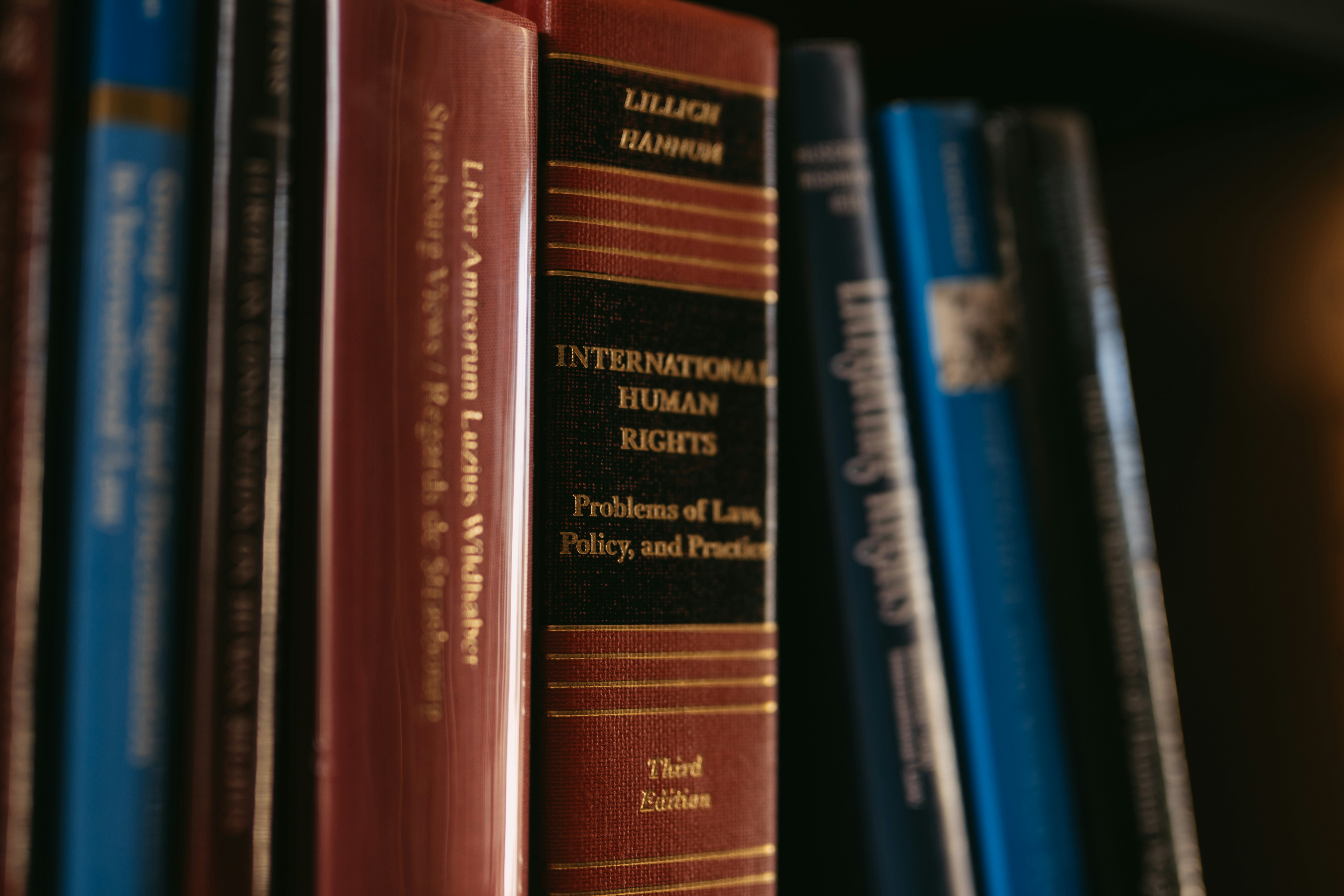Legal AIGuides
AI for Lawyers in Australia: Introductory Guide (2025)
A practical 2025 guide for Australian lawyers on AI/GenAI—opportunities, risks, ethics, court protocols, and guidance.
Sep 10, 20254 min readBy Numbat.ai Team

Want to learn more about AI automation for your business?
Get Started Today